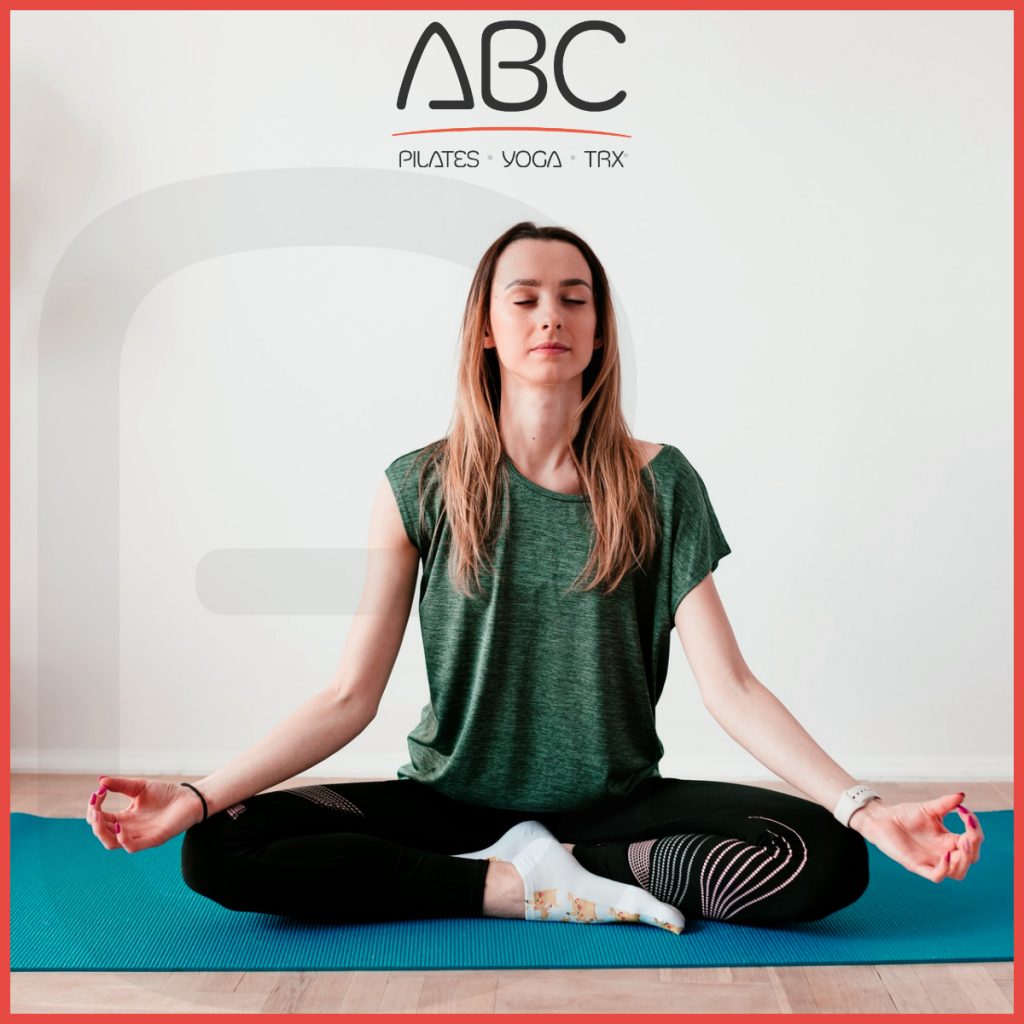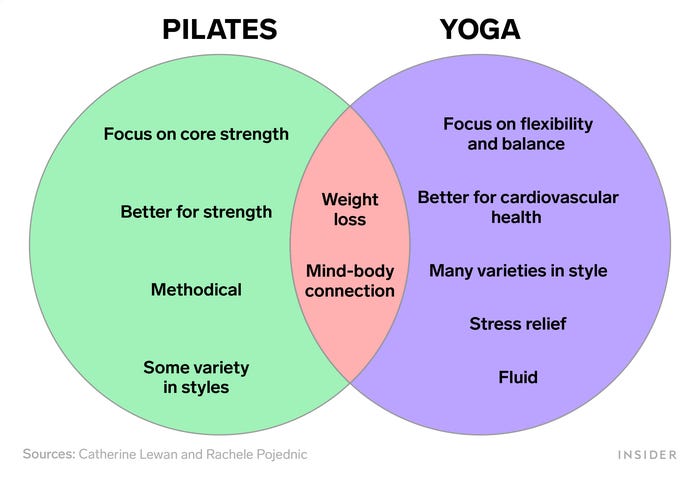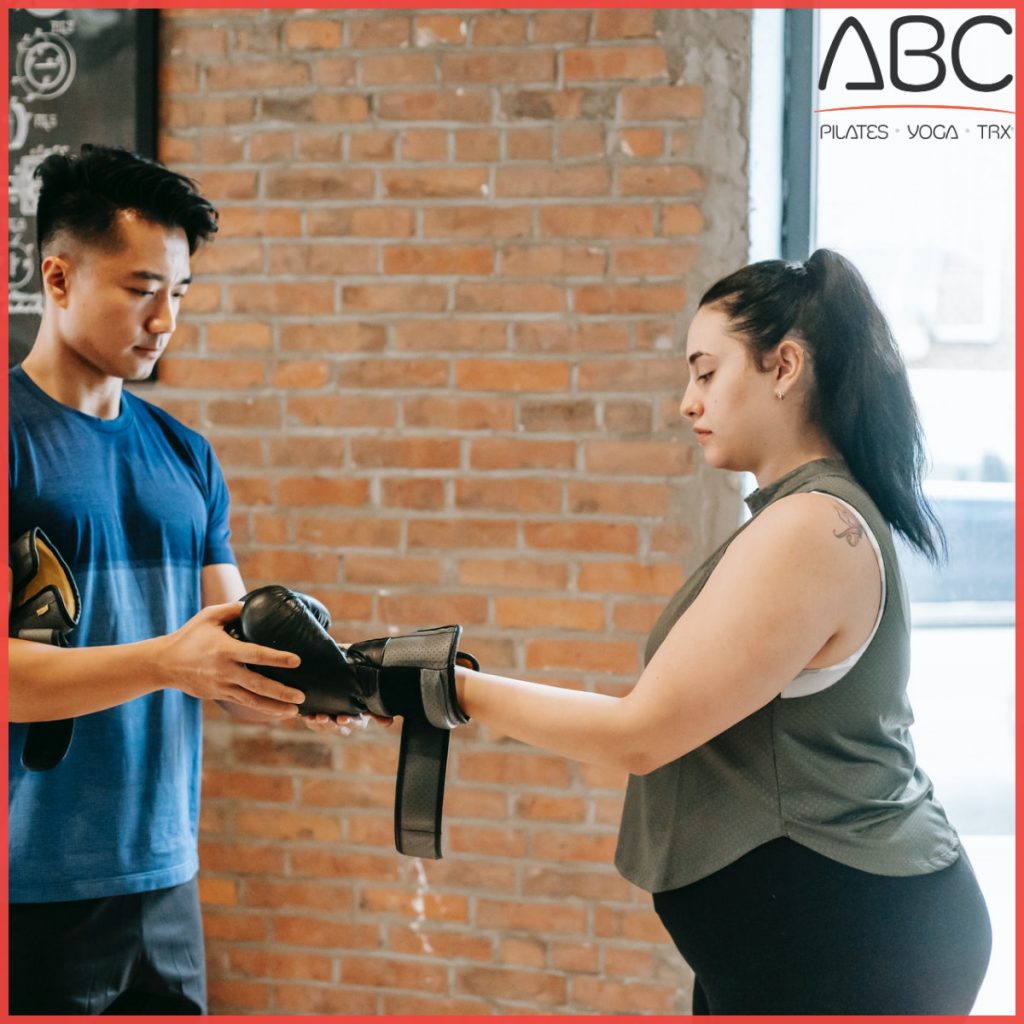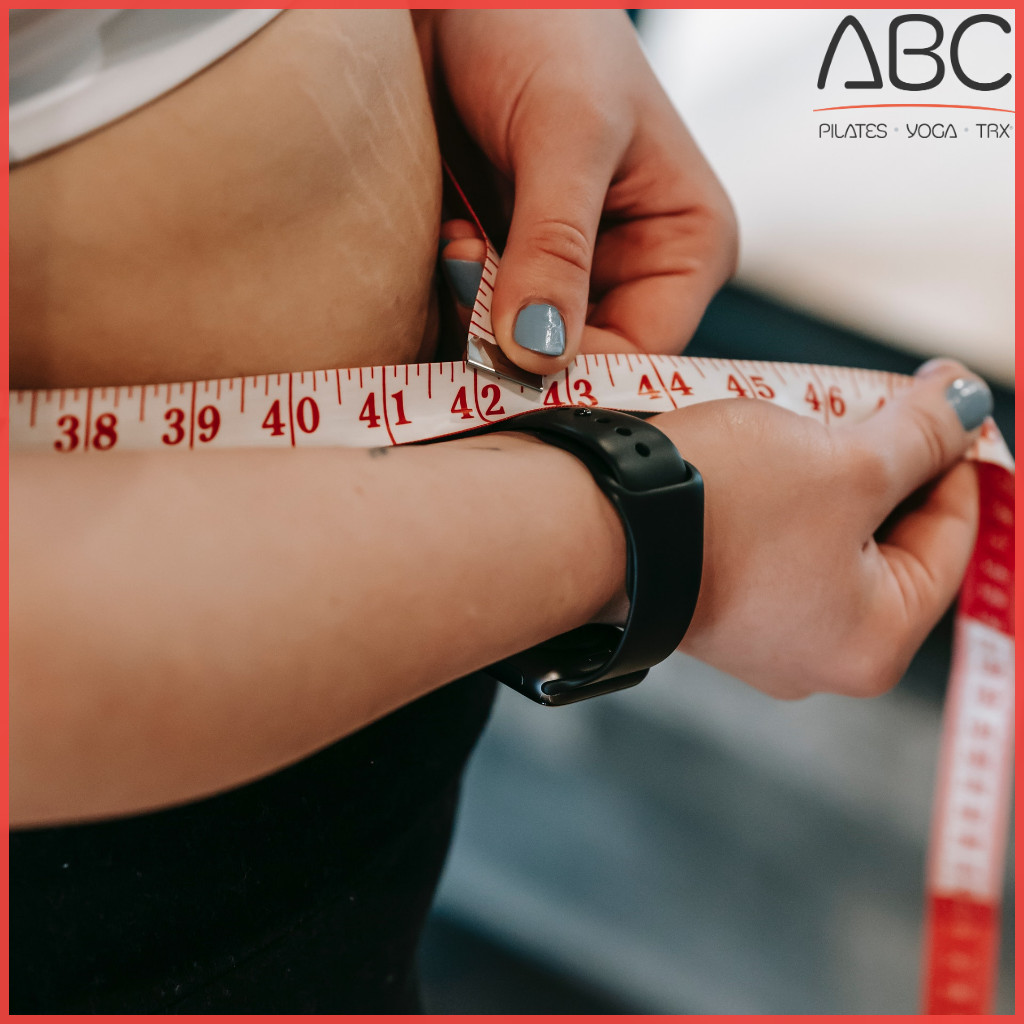We are all aware of the mental benefits that exercising brings, but did you know that it can also help in improving immunity? We’ve all been concerned about our immune system these days, especially with Covid-19 around. Getting moving can play a significant role in preventing illness. Learn more about the benefits of exercising and your immune system below.

It’s well-known that exercise is good for overall physical and mental health, and that most of us should be getting more of it. But if you lean more toward couch potato than marathoner, you might need a little extra motivation to lace up your sneakers. After all, many gyms are still shut down—or we don’t feel comfortable going to gyms that have reopened, even with social distancing protocols in place. And in many parts of the country, frigid temps and snowy roads make going out for a jog less than appealing. But what if exercise had an additional, lesser-known benefit to inspire you to move, the power to help add extra resilience in your immune system?
There’s been no time in recent history when we’ve been more concerned with our immunity and fending off disease than during COVID-19. And as it turns out, getting moving might play a significant role in helping to support the immune system and fend off illness. We tapped a duo of experts to get the lowdown on how exercise affects our immune systems (and why getting in your daily sweat session might even help your body respond better to the COVID-19 vaccination).
Why Is Exercise Helpful for Improving Immunity?
“Regular moderate-intensity activity improves immune function through a number of mechanisms,” says Sean Heffron, MD, of NYU Langone School of Medicine, who focuses on the importance of physical activity in his preventative cardiology practice.
He explains that getting moving can be beneficial on both a short- and long-term basis. “Muscle contractions elicit cytokine release (as well as myokines) which act to regulate immune cell activity. Catecholamine release also stimulates the ‘deployment’ of lymphocytes (white blood cells that are one of the main types of immune cells) to peripheral tissues for surveillance. This occurs with every bout of exercise.” That seems like sound reasoning to squeeze your sweat session into your daily schedule.
Dr. Heffron goes on to describe how that workout is also the gift that keeps on giving, long-term. “On a more chronic basis, aerobic exercise stimulates progenitor cells in the bone marrow to produce lymphocytes while increasing turnover of older cells—a kind of ‘recycling’ phenomenon,” he says.
The combination of these activities lead to a more robust and active immune system which, according to Dr. Heffron, could help not only fend off disease, but may even enhance the immune response to vaccination, since vaccines essentially imitate an infection to help your body learn how to protect itself.
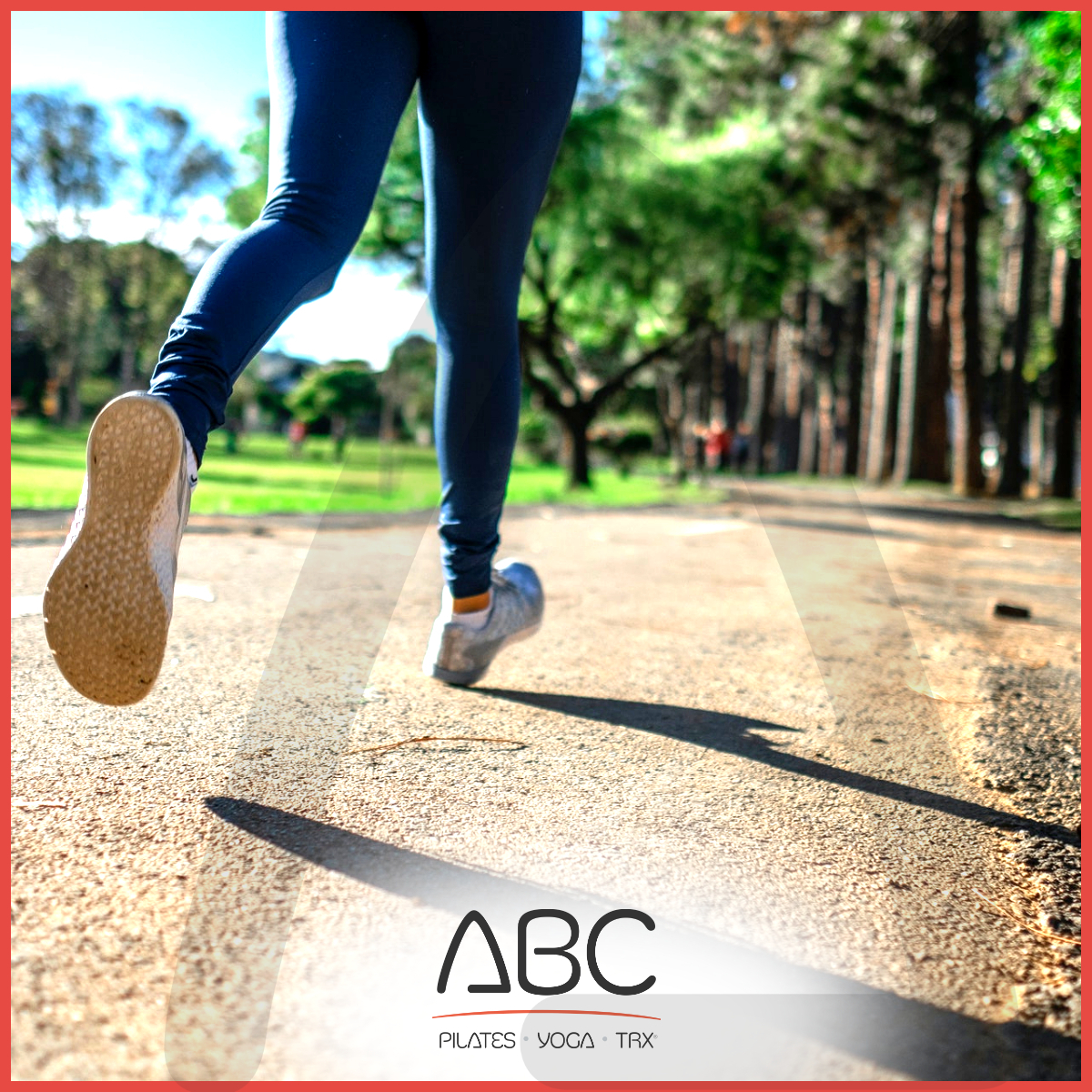
Brigid Titgemeier, MS, RDN, LD, IFNCP, founder of Being Brigid Functional Nutrition, breaks things down into even simpler terms. “The body was designed to move! Moderate exercise and movement at least five days per week has been shown to support the immune system, lower inflammation, improve blood sugar regulation, aid in [maintaining a healthy] weight, and promote longevity.”
Both experts agree that exercise can help delay and limit inflammation in the body, which Dr. Heffron refers to as “inflamm-aging: age-associated increase in systemic inflammation which contributes to myriad conditions including cardiovascular disease, diabetes, neurodegeneration, and cancer.” Tigemeier cites early research showing that consistent exercise helps to improve immune surveillance against pathogens and can have an anti-inflammatory response.
What happens to our immune system when we don’t exercise enough?
Dr. Heffron says that getting an inadequate amount of exercise will cause you to miss out on all of these amazing benefits mentioned above—which really do constitute a human being’s natural state as creatures who, evolutionarily, were always meant to be very physically active. Not providing our bodies with the movement they were designed for means we’re simply not operating at our optimal capacity.
When we aren’t active enough, he explains, “the degree of immune surveillance decreases, the robustness of leukocytes (white blood cells that fend off bodily intruders) is reduced and overall immune function decreases, leading to increased susceptibility to infection.” In short, the more sedentary you are, the less equipped your body will be to fight disease and foreign substances, whether it’s the common cold, cancer, or the coronavirus.
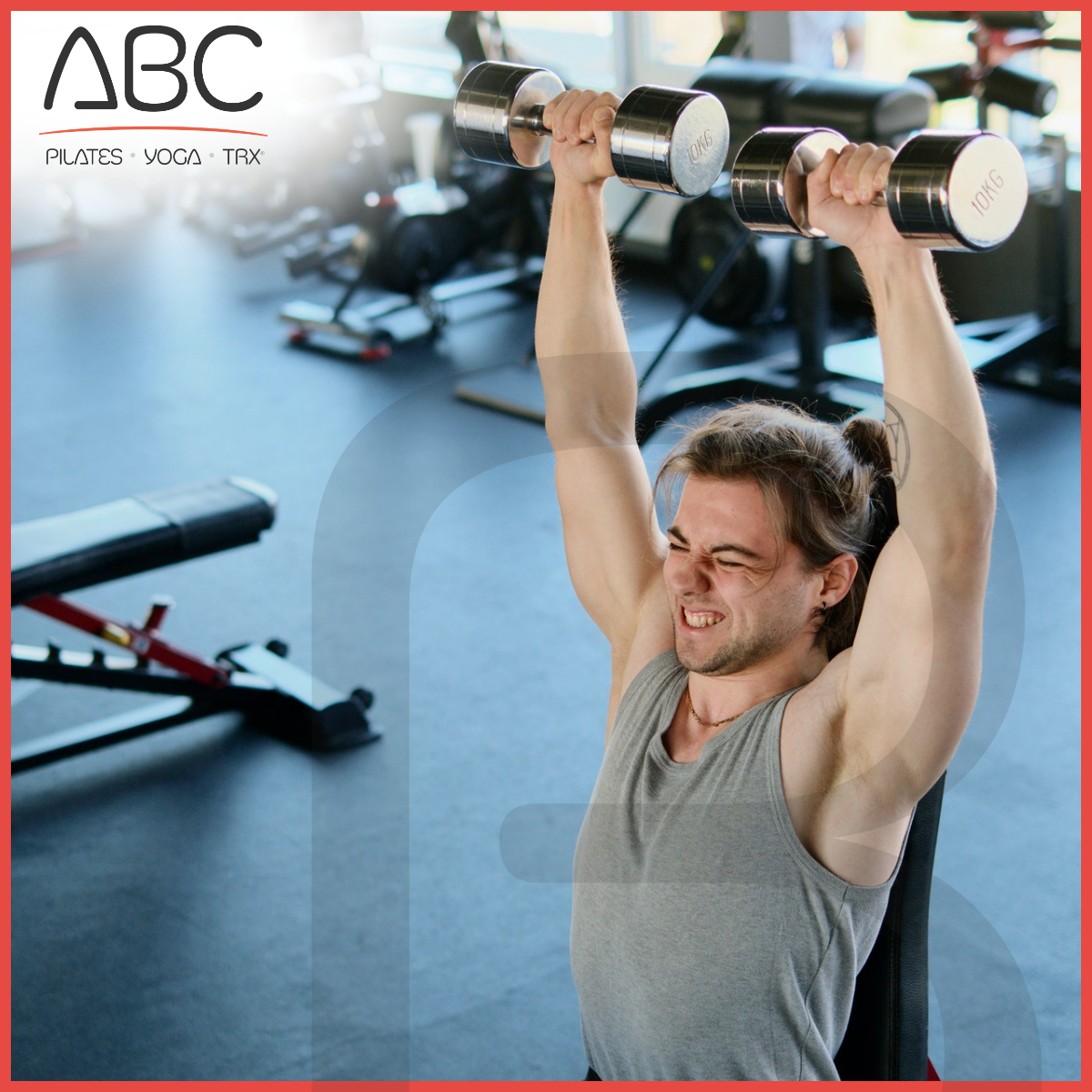
Another thing to consider exercise impacts our health more indirectly. For example, lack of movement contributes to obesity, which is an additional factor in immune health. “While not restricted to limited exercise, obesity shifts the production of immune cells to inflammatory innate immune cells, which drive the systemic inflammation that induces cardiovascular disease/atherosclerosis, diabetes, cancer, and more,” according to Dr. Heffron. Obesity is a complex social, emotional, and physical issue for many, but exercise can be a valuable step on the road to better overall health and a stronger immune system.
Too Much of a Good Thing?
You may have heard of the idea that super-intense exercise could actually be bad for your immune system. Is there truth in that? According to Dr. Heffron, this isn’t something most people need to worry about.
“There’s a concept that acute exercise can cause a relatively brief period of immune suppression, although this is increasingly debated,” he explains. “If this actually does occur, it would seem to be restricted to high-intensity or extended-duration exercise. A miniscule portion of the U.S. adult population ever engages in such type of exercise. Far, far more people perform none at all. This concept should not dissuade anyone from being physically active.”
Titgemeier recommends considering laying off high-intensity exercise during times of extremely high stress, and you probably shouldn’t push your limits fitness-wise if you’re already very sick with something—say, a really nasty cold). However, Dr. Heffron warns that the detrimental impacts of not exercising are much more likely to be of concern to the average American than the risks of overdoing it. “While doing so appropriately given the pandemic (distant, masked if near others, etc.) is important, not exercising has a certain detrimental impact on multiple body systems and contributes to the comorbidities that are clearly associated with worse outcomes in SARS-CoV2 infection,” he says. Bottom line: Get moving!

Move as Often as Possible
Tigememer recommends tracking your daily steps through your phone, watch, or pedometer and aiming for 10,000 steps throughout the day as a way to start getting in the habit of moving your body daily. “If you’re also able to workout four to five days per week, that’s an additional bonus,” she says.
One final reminder that, as important as exercise is, it’s wise to consider it as one important strategy in a broader toolkit to support your immune system, rather than just a standalone solution. “When your nutrition, movement, sleep, and stress are in harmony, you improve the baseline of your health,” Titgemeier says.
Reference: {https://www.realsimple.com/health/fitness-exercise/exercise-immune-system-benefits}
ABC Fit Studio offers Pilates, TRX, Zumba, yoga classes, and more! You will love our instructors, motivation, inspiration, and your results! We offer private AND group classes – and you can even create your own group classes at a time that suits you. Visit our Facebook page (https://www.facebook.com/theabcfitstudio) or call us at 949.305.3310 for more information We always have specials! Ask us about our latest offers!.
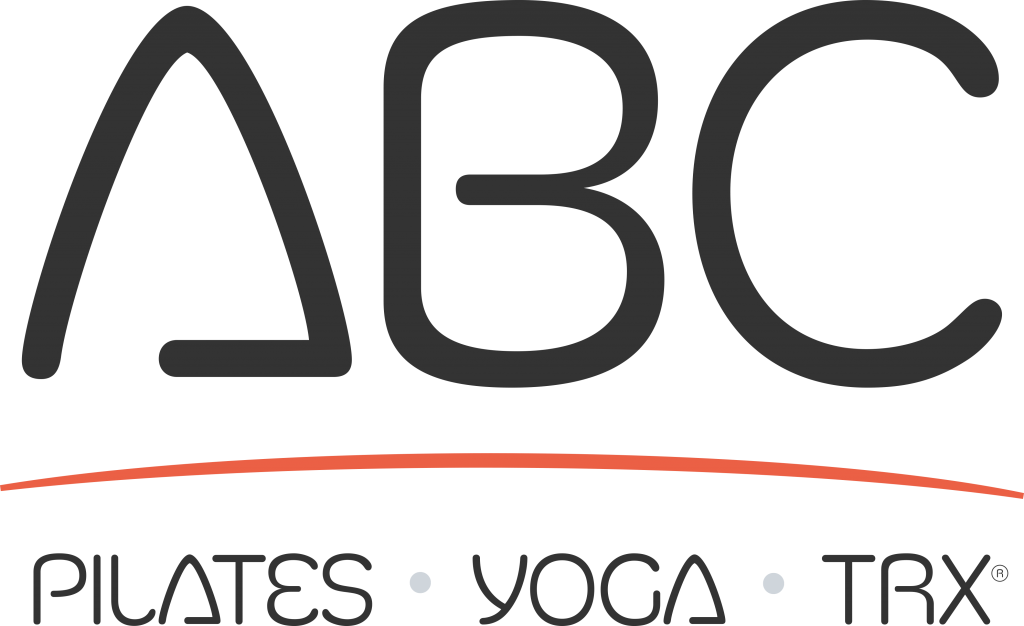 Looking to try something new and to belong to something spectacular? We have just what you need! Our space, instructors, and clientele are second to none! Come witness the benefits of pilates and yoga and watch your body (and your confidence!) transform! Visit our Facebook page at https://www.facebook.com/theabcfitstudio or give us a call at 949.305.3310 to get started!
Looking to try something new and to belong to something spectacular? We have just what you need! Our space, instructors, and clientele are second to none! Come witness the benefits of pilates and yoga and watch your body (and your confidence!) transform! Visit our Facebook page at https://www.facebook.com/theabcfitstudio or give us a call at 949.305.3310 to get started!







 Looking to try something new and to belong to something spectacular? We have just what you need! Our space, instructors, and clientele are second to none! Come witness the benefits of pilates and yoga and watch your body (and your confidence!) transform! Visit our Facebook page at
Looking to try something new and to belong to something spectacular? We have just what you need! Our space, instructors, and clientele are second to none! Come witness the benefits of pilates and yoga and watch your body (and your confidence!) transform! Visit our Facebook page at 
